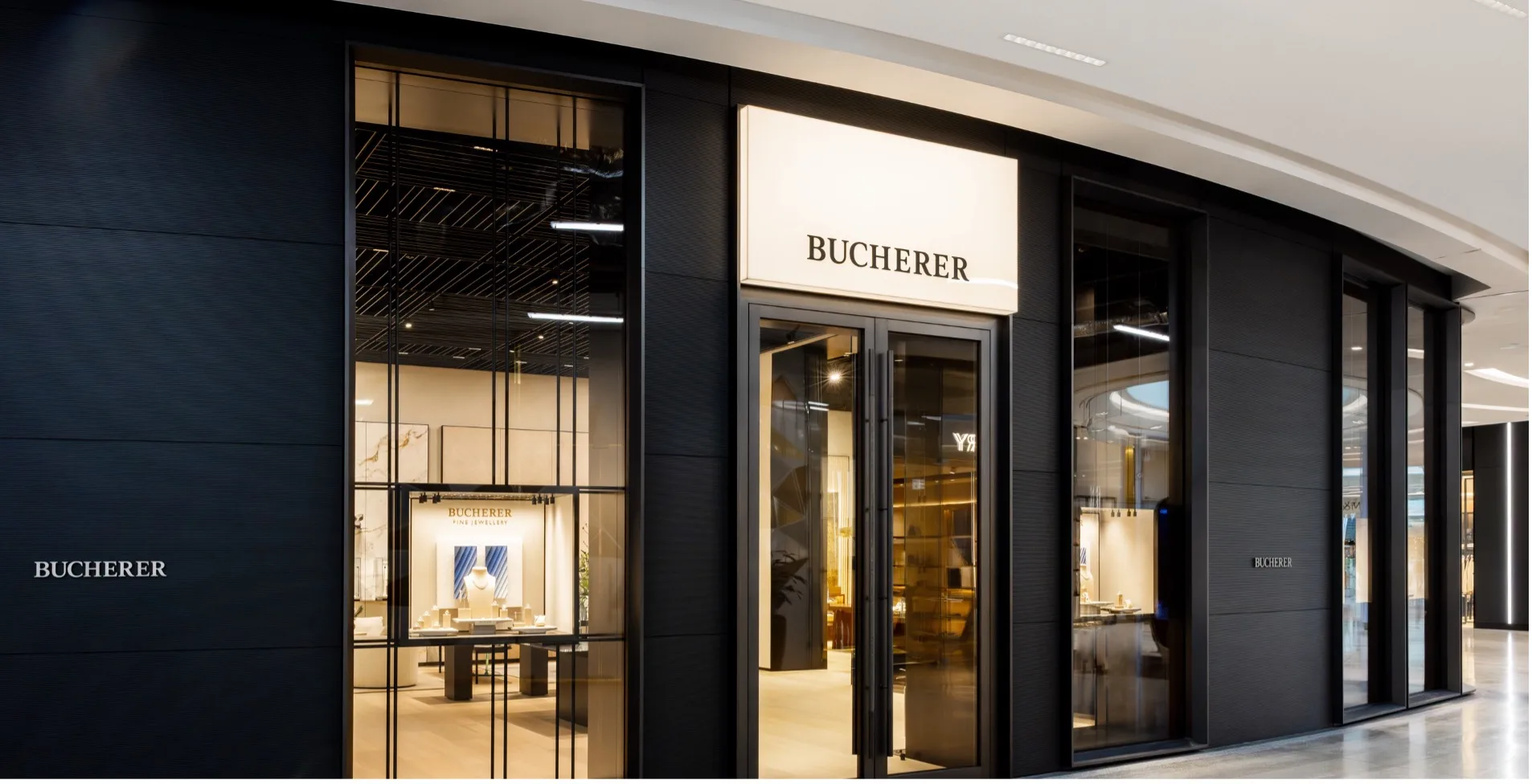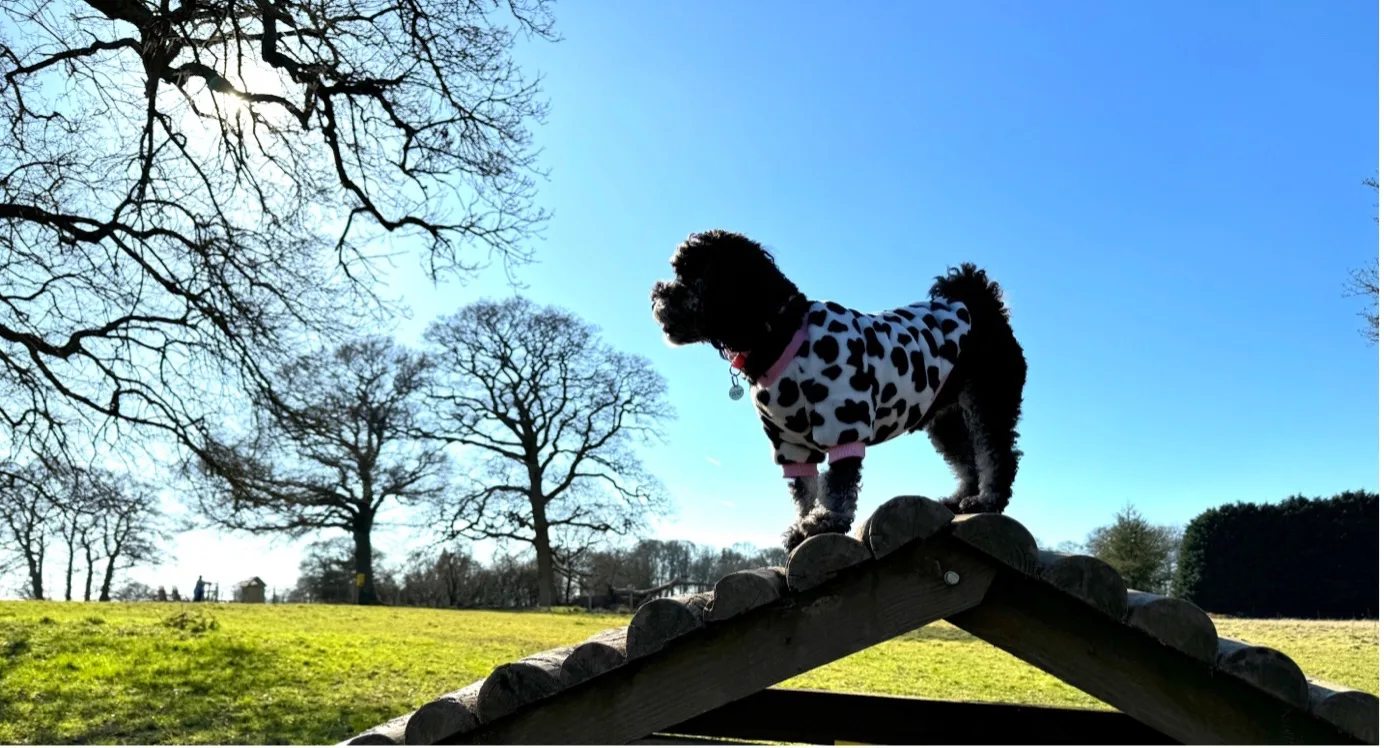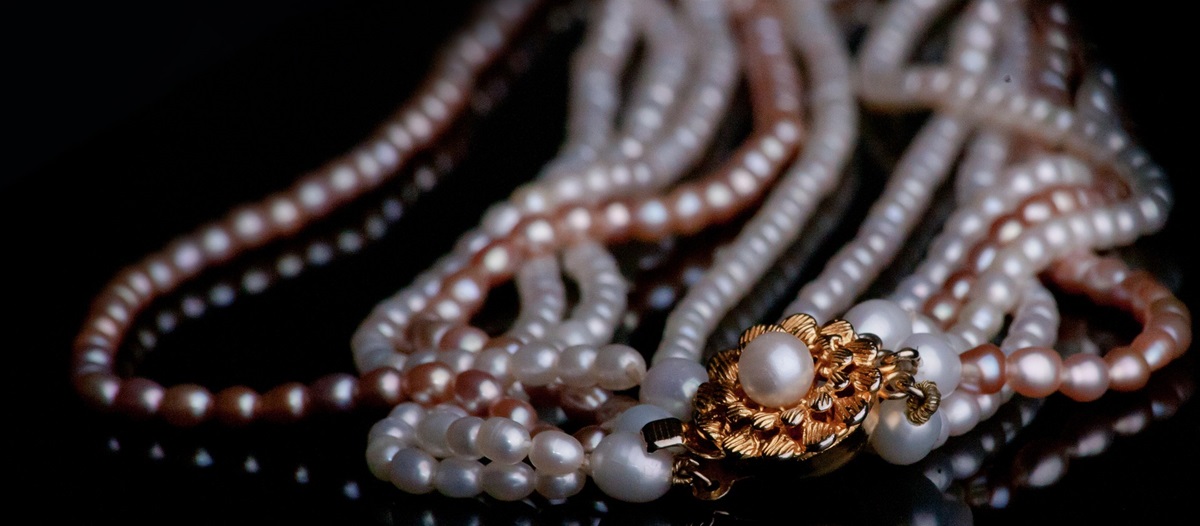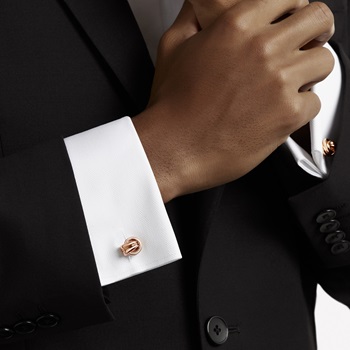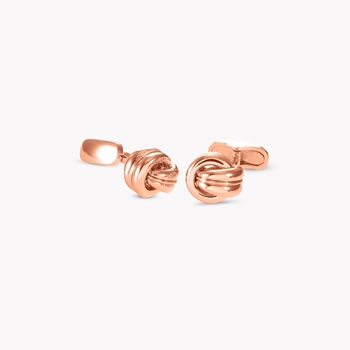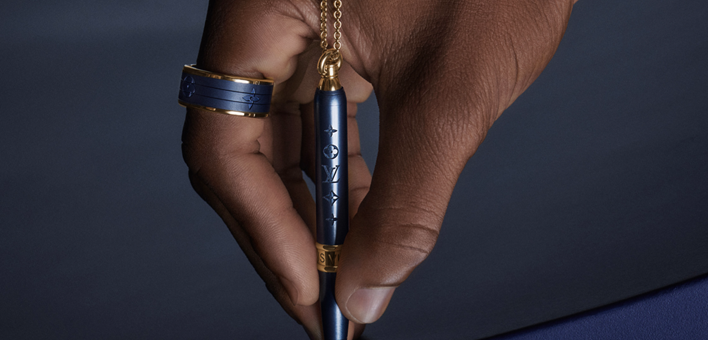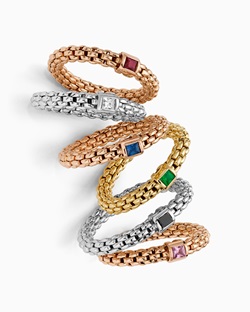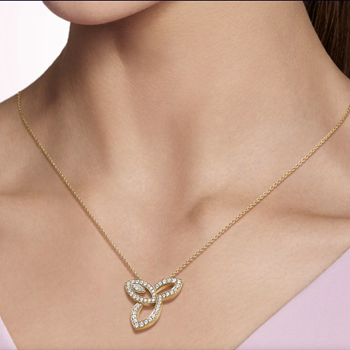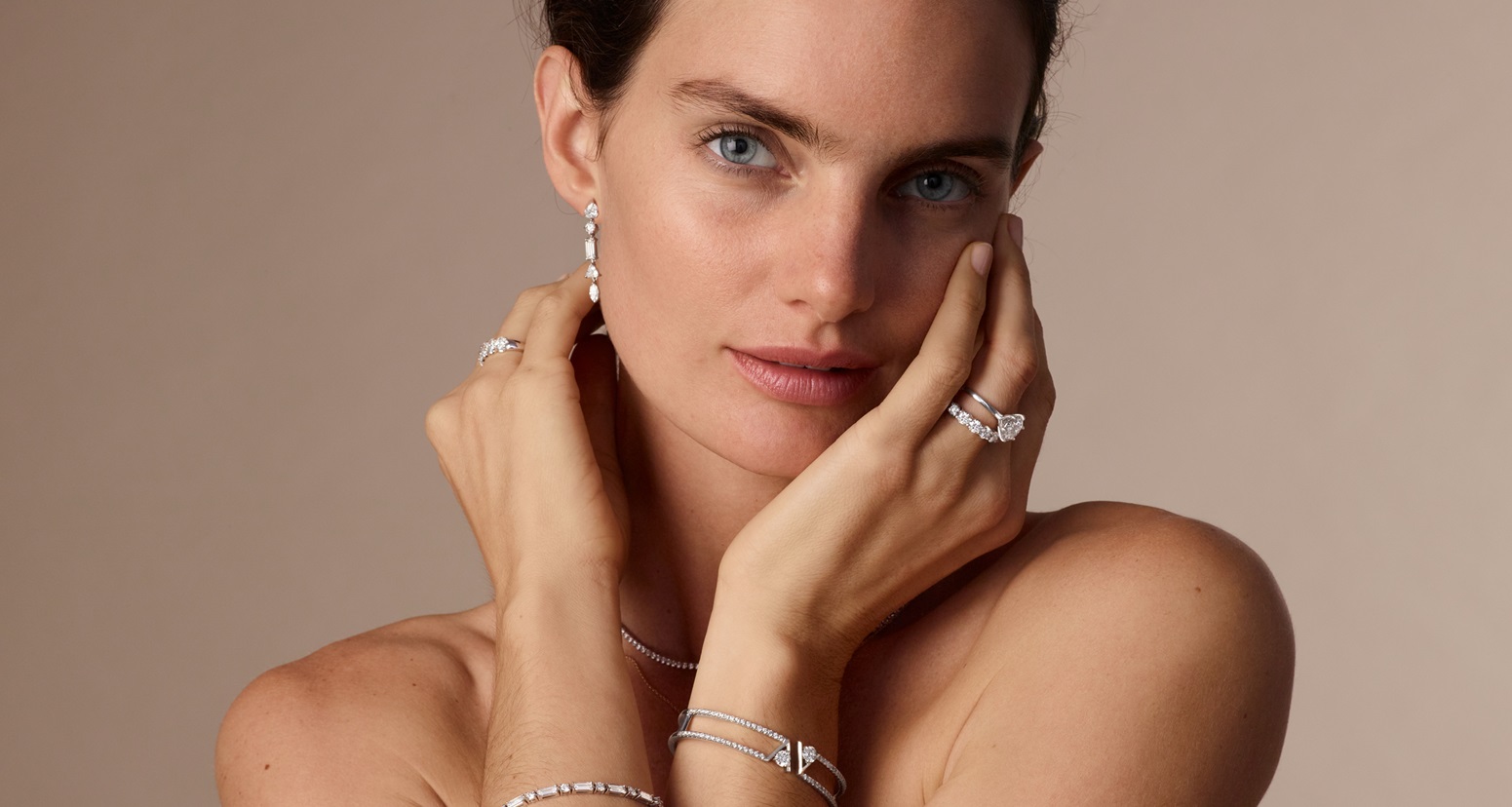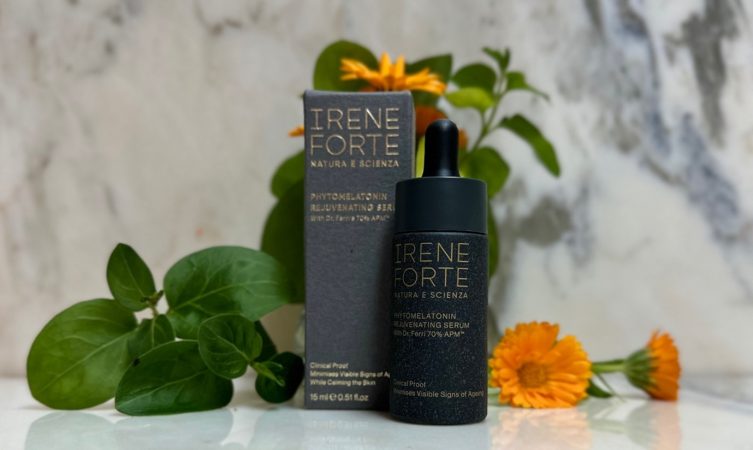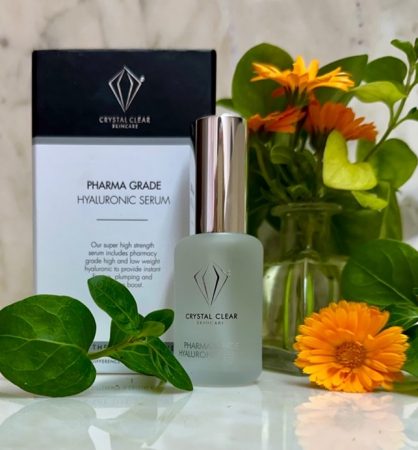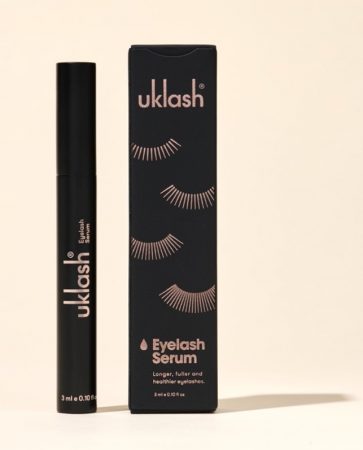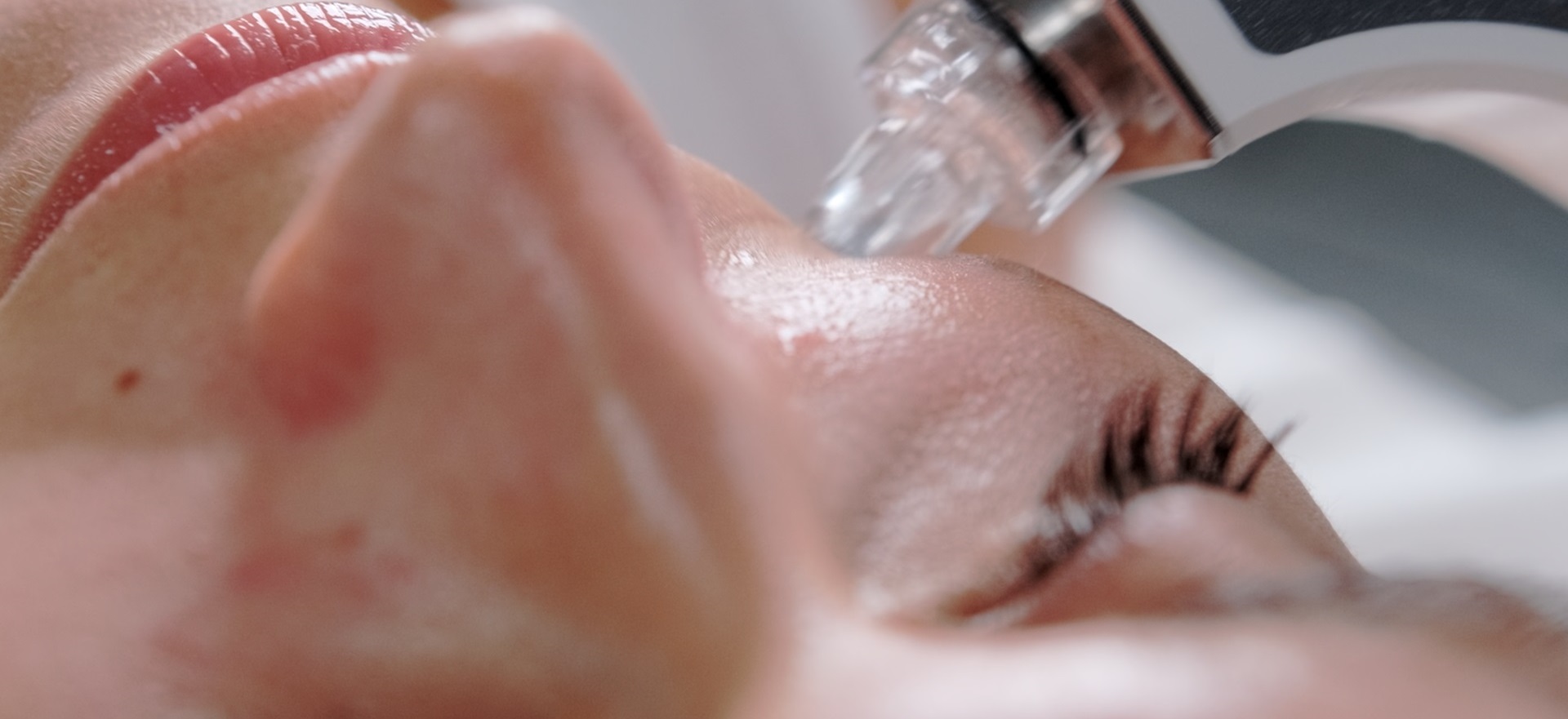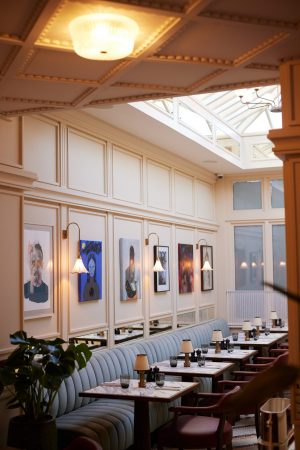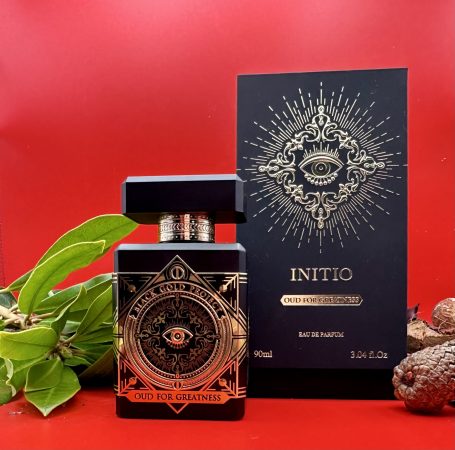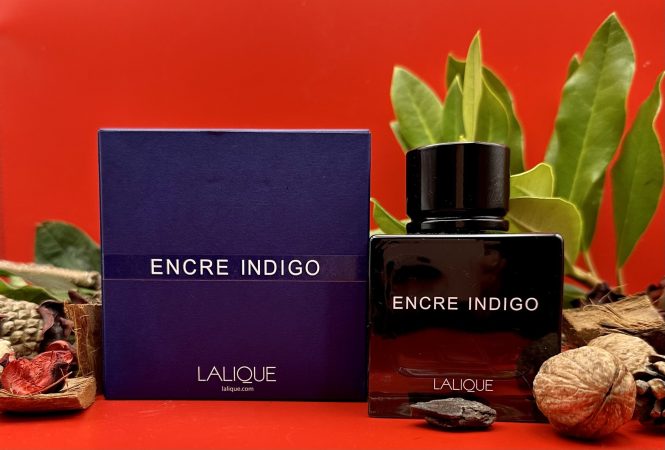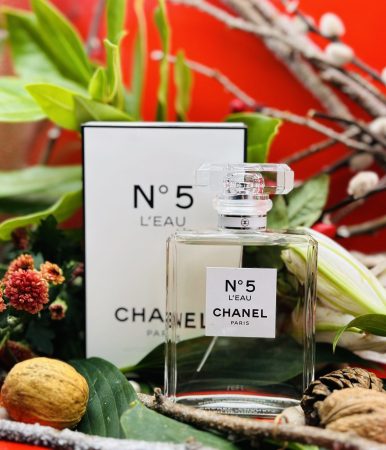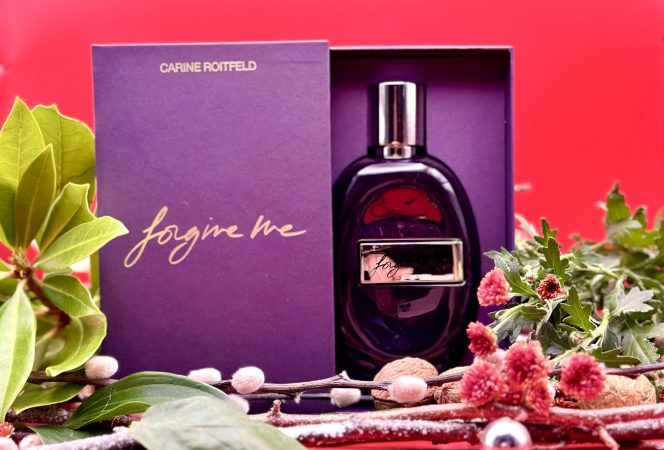Despite having more access than ever before to information, everyone in the UK seems to be massively uneducated about sex. Erotic events company House of Vixens’ Creative Director and founder Sophie Cohen explains how we can become far better informed about our sexuality as adults.
Navigating the subject of sexual pleasure can often feel like traversing a labyrinth of shame, rejection, embarrassment and loneliness. In our society, the subject of sexual pleasure is often shrouded in silence or distorted by taboos. It becomes even more complex when it is compounded by layers of religious or cultural shame, past traumas, fertility concerns, ageing, menopause, and issues surrounding sexual and gender identity. Yet, if we can overcome our internalised guilt and insecurity about this topic, our sexuality can offer us one of the most profound and beautiful expressions of our humanity. The question therefore is: how can we break free from these shackles and embrace our sexual selves with confidence and authenticity?
Let’s start by trying to establish what is the essence of sexual pleasure. The Global Advisory Board for Sexual Health and Wellbeing says that sexual pleasure encompasses myriad “physical and psychological satisfactions” and is facilitated by factors such as self-determination, consent, safety, privacy, confidence, and effective communication. It emphasises the importance of social and cultural conditions upholding sexual rights, such as equality, autonomy, bodily integrity and freedom of expression. While this definition provides a framework for understanding, it feels a little dispassionate. I think we need more visceral inspiration to ignite passion in the bedroom.
So, how do we find that inspiration to begin unravelling years of internalised shame? I work with individuals and couples to explore and untangle this thorny question and, while I can’t claim to have a one-size-fits-all solution, I have some general guidelines to set you on the right path.
First and foremost, I would suggest looking for an answer to this question: what is your relationship with self-pleasure? Understanding and embracing your own pleasure is vital before you can start expecting your partner to do the same. I encourage people to cultivate a dedicated self-pleasure practice, exploring what brings you delight and what doesn’t. This might feel challenging, but I recommend trying to tap into the flow of your sexuality, exploring how factors such as your emotional state, hormonal fluctuations, stress levels and even the time of day influence your self-pleasure experience. Experiment with different sensations, using the variety of toys available – which are now tailored to a diverse range of bodies and genders – and quality lubricants, which can enhance your comfort and enjoyment.
I usually suggest that people keep a journal documenting their fantasies and desires: there are no wrong answers, and no daydreams are off-limits. Delving into the depths of your fantasies will help you identify ones you could seek out in real life. Engage in a dialogue with yourself, fostering your curiosity and self-awareness. This will pave the way for open communication with your partner. Think about the words or movements you might use to tell or show them how to touch you or talk to you in the way you are picturing in your imagination.

Communicating with your partner is essential for a healthy sexual relationship. Openness and honesty with each other can lead to great sexual satisfaction. Photo © Cottonbro / Pexels Stock Photography.
When you are exploring desires with a partner, good communication is paramount. Whether you do this using email, text, voice notes, or shared diaries, it can be fun and revelatory to establish a mode of communication that allows everyone to share freely. Share your fantasies in a manner that allows your partner to fully absorb and understand them, identifying points of alignment and potential divergence. Explore areas of compromise and creativity, seeking mutually satisfying experiences that honour each other’s boundaries and comfort levels.
While it might not sound sexy, a little academic research in this process can be beneficial. If you’re struggling to know what to fantasise about, or how to find the words to describe something you’d like, you might find some pointers in books such as My Secret Garden – which you might enjoy reading with a partner for inspiration, or on your own while folding a corner of a page for someone else to find later. I also recommend Erika Lust’s sex education blog and Spectrum Boutique for practical advice on toys. If you’re curious about the history of sex, try Tomorrow Sex Will Be Good Again, which is a great solo read for anyone interested in women’s experiences, and A Curious History of Sex for a frank and amusing look at how we ended up where we are with our sexuality.

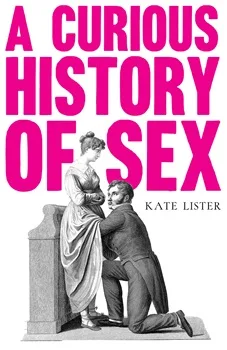

Books can be an excellent source of information about sex and sexual behaviour and a way to initiate communication with your partner.
When you have sex, prioritise communication before, during, and afterwards, ensuring that both partners feel heard, respected and valued. Try to embrace the art of foreplay and recognise its significance in fostering arousal and intimacy. Establish safe words as a means of establishing trust and ensuring consent throughout sexual exploration. Vocalise your desires and preferences, guiding your partner towards pleasuring you in ways that bring fulfilment and satisfaction.
Post-sex communication is just as vital. Discuss your needs and desires openly and talk about the experience. Whether it involves cuddling, conversation, or simply basking in the afterglow together, the time after sex can be a creative and mutually intimate space. Incorporate each other’s preferences into your sexual repertoire, nurturing a sense of shared understanding and appreciation.
“In the vast expanse of human experience, few endeavours rival the exhilarating journey of sexual discovery and fulfilment.”
– Sophie Cohen

Ultimately, the foundation of fulfilling sexual experiences lies in a commitment to communication and pleasure, both individual and shared. Whether you’re embarking on a solo journey of self-discovery or exploring new frontiers with a partner, I recommend that you try to prioritise authenticity, empathy and understanding. Embrace the boundless potential of sexual exploration as a transformative journey of self-discovery and interpersonal connection. After all, in the vast expanse of human experience, few endeavours rival the exhilarating journey of sexual discovery and fulfilment. I have never known a better trip than getting lost in space and time with myself or a lover. So, let go of inhibition, embrace your erotic creativity, and embark on this extraordinary voyage with passion and enthusiasm.
Words: Sophie Cohen
Sophie Cohen is the Creative Director of House of Vixens, a company dedicated to the world of erotic storytelling. She also runs the Mandrake Salon at the Mandrake Hotel in London and offers one-to-one private lessons. Find out more by emailing: info@houseofvixens.com
Opening photo © Armstrong Brothers / Alamy Stock Photography






